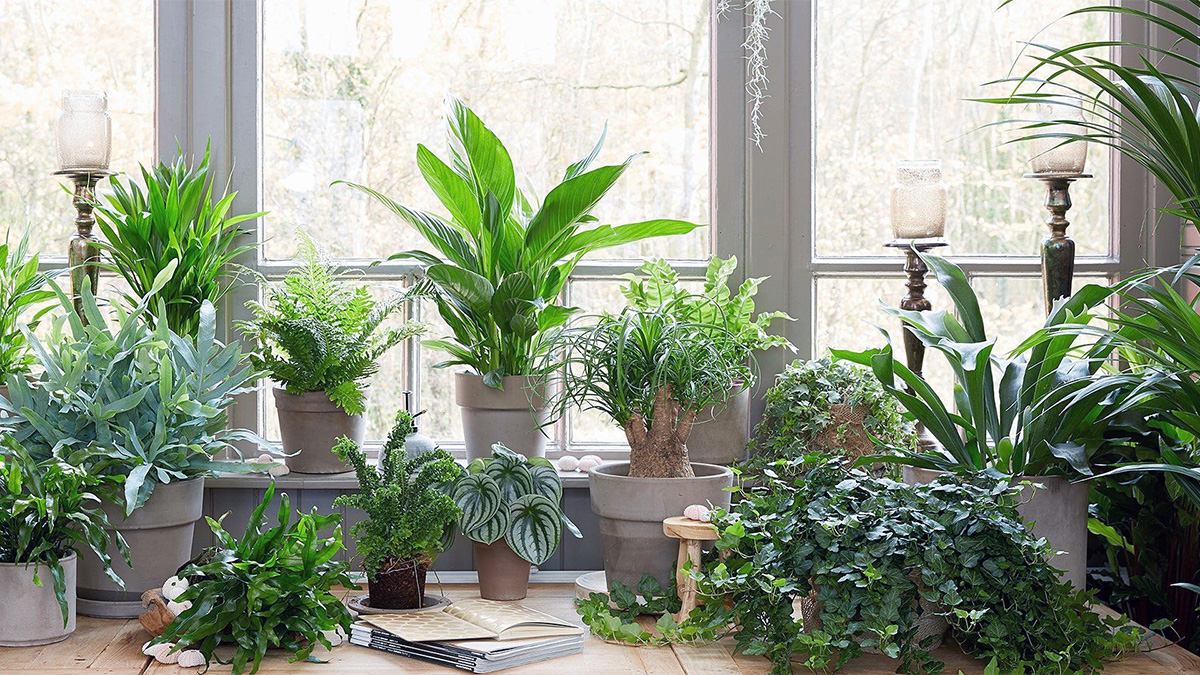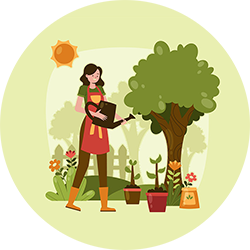How to Spot and Fix Common Indoor Plant Problems

Even the most experienced indoor gardeners run into issues now and then. From yellow leaves to stunted growth, plants have a way of showing us when something isn’t quite right. With a little observation and a few simple fixes, you can get your houseplants back to looking their best.
Related: Fragrant Plants You Can Grow Indoors to Naturally Scent Your Home
Understanding what healthy looks like
A healthy indoor plant typically has vibrant, well-formed leaves, steady growth, and firm stems. Familiarizing yourself with how your plant looks when thriving helps you quickly notice when something is off. Observation is the first and most important step in early problem detection.
Yellowing leaves
Leaves turning yellow can be caused by a range of issues, with overwatering being one of the most common. Nutrient deficiencies or inadequate light can also lead to this discoloration. Assess the location of the yellowing and adjust your watering habits or light exposure as needed.
Brown tips or crispy edges
Crispy leaf edges often signal dry air or inconsistent watering. In some cases, too much fertilizer can cause salt buildup, which damages leaf tips. Increase humidity levels, flush the soil if salts have accumulated, and snip off the affected tips to encourage recovery.
Drooping or wilting plants
Wilting can be deceptive as it may be a sign of either too much or too little water. Check the soil moisture before making changes to your watering routine. If root rot is suspected, remove the plant from its pot, trim damaged roots, and replant in fresh, well-draining soil.
Mold or fungus on soil surface
White or fuzzy mold on the surface of potting soil is often harmless but can indicate poor air circulation or overwatering. Improve airflow by spacing plants and let the top layer of soil dry out between waterings. Remove the mold manually and avoid watering too frequently.
Leaf spots or unusual markings
Spots that are brown, black, or yellow may be signs of fungal or bacterial infection. In some cases, pest damage or nutrient deficiencies can mimic disease symptoms. Isolate the affected plant, remove damaged leaves, and use an appropriate treatment like neem oil or a mild fungicide.
Stunted growth or leggy stems
If your plant is growing tall and spindly or not growing at all, it may not be getting enough light. Poor nutrition and overcrowded roots can also restrict growth. Rotate your plant to ensure even light exposure, consider a brighter spot, and repot if the roots have filled the container.
Pest infestations
Common indoor pests include spider mites, mealybugs, fungus gnats, and scale. Signs include sticky residue, webbing, tiny moving insects, or white cotton-like clusters. Use insecticidal soap, neem oil, or rubbing alcohol on a cotton swab to manage infestations early before they spread.
Root problems you can’t see
Sometimes, issues below the soil cause problems above it. Root rot, compaction, and lack of space can stunt growth and cause yellowing or drooping leaves. Gently remove the plant from its pot to inspect the roots, trim away mushy or blackened roots, and repot in well-aerated soil.
Preventative care for healthier houseplants
Preventing issues is easier than fixing them. Keep a consistent routine for watering and feeding, and inspect your plants regularly for changes in appearance. As seasons change, adjust light exposure and humidity levels to keep your plants comfortable and thriving year-round.
Conclusion
Caring for indoor plants is part art, part science. By learning to recognize common problems and understanding how to respond, you’ll build confidence and enjoy healthier, more vibrant greenery throughout your home.
